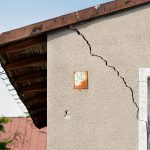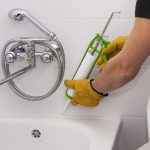Efflorescence is a common issue that affects building structures, including walls, and can have detrimental effects on their appearance and integrity. In this blog, we will explore the causes of efflorescence, the effects it has on buildings, and effective solutions to tackle this problem. Whether you are a homeowner, contractor, or architect, understanding efflorescence and its impact on building structures is crucial for maintaining the longevity and aesthetics of the property. By implementing preventive measures and employing suitable treatments, you can protect your buildings from efflorescence on walls.
What is Efflorescence?
Efflorescence refers to the white, powdery deposit that appears on the surface of building materials, particularly walls. It occurs when water-soluble salts present in the building materials or surrounding environment dissolve in water and migrate to the surface. As the water evaporates, the salts are left behind, forming the characteristic white residue. Efflorescence is commonly seen on materials like concrete, bricks, and natural stone. It is a visual indicator of moisture-related issues and can significantly impact the aesthetics and structural integrity of building structures.
Causes of Efflorescence
Efflorescence can be attributed to several factors, primarily related to moisture infiltration and the presence of water-soluble salts in building materials. Understanding the causes of efflorescence is essential for effectively addressing the issue.
Moisture in Walls: Excessive moisture in walls is a common cause of efflorescence. It can result from factors such as water leaks, high humidity, improper drainage, or capillary action. When moisture enters the building materials, it dissolves the water-soluble salts present within, carrying them to the surface.
Chemical Process: Efflorescence occurs due to the chemical reaction between the water-soluble salts within the building materials and the water present in the walls. As the water evaporates, it leaves behind the salts in the form of visible white deposits.
Common Sources of Water: Rainwater, groundwater, and even water used during construction can contribute to efflorescence if not adequately managed. Improper drainage systems, water leaks, or inadequate waterproofing can introduce excessive moisture to the building materials, promoting efflorescence.
Susceptible Building Materials: Certain materials like concrete, bricks, and natural stone have a higher tendency to absorb and retain moisture, making them more prone to efflorescence. The porosity and composition of these materials allow water to infiltrate and transport salts to the surface, leading to efflorescence formation.
Effects of Efflorescence on Building Structures
Efflorescence can cause significant damage to building structures, impacting both their aesthetics and structural integrity. Understanding the effects of efflorescence is crucial for addressing the issue promptly and effectively. Here are the primary effects of efflorescence:
Staining and Discoloration: The white deposits left behind by efflorescence can mar the appearance of walls, leaving unsightly stains and discoloration. This can significantly diminish the aesthetic appeal of the building and reduce its value.
Surface Deterioration: Over time, the constant presence of efflorescence can lead to the erosion and decay of building materials, resulting in a weakened structure. The salts deposited on the surface can contribute to the breakdown of the materials, compromising their strength and durability.
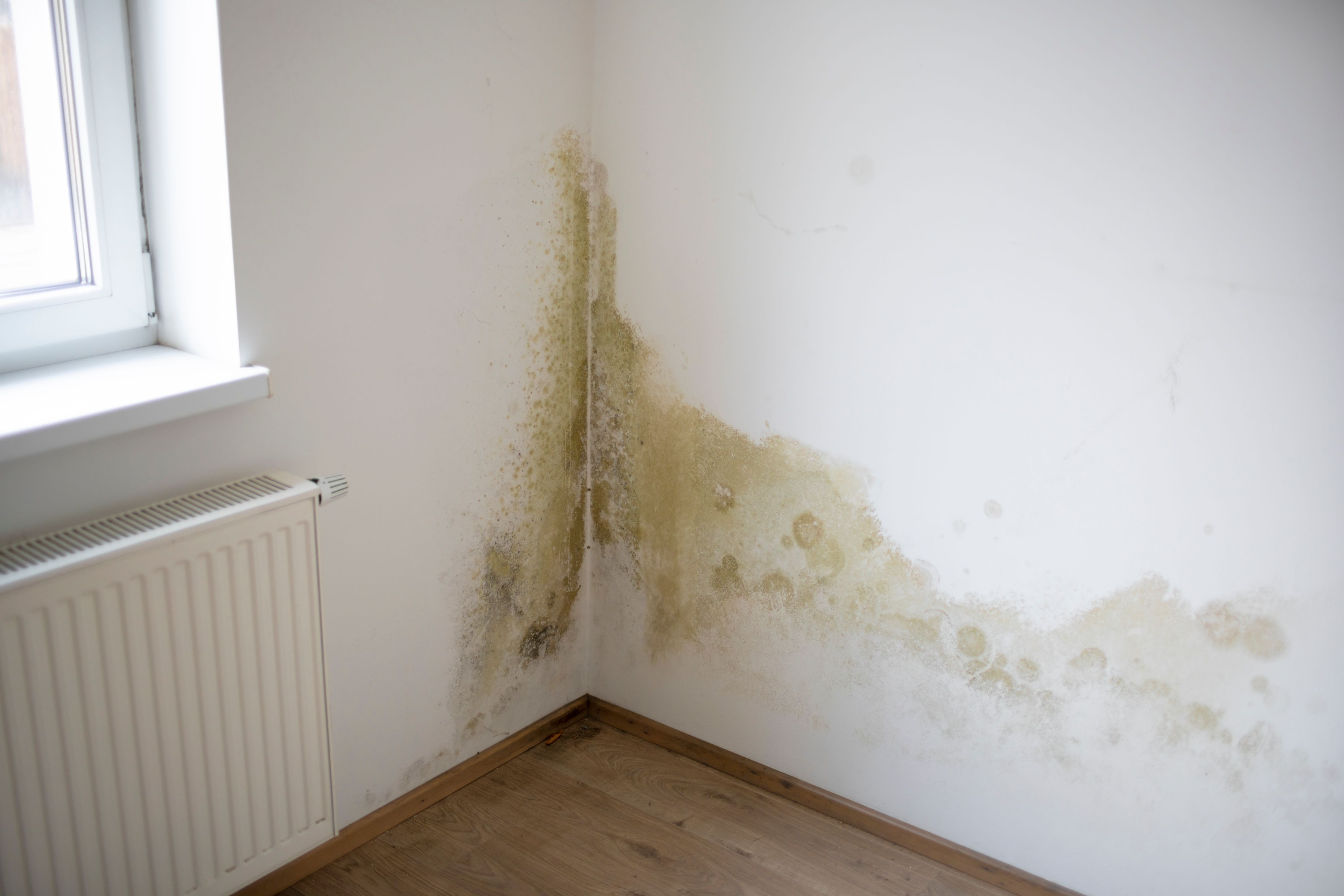
Efflorescence-Induced Cracking: The expansion and contraction of the salts during the efflorescence process can create pressure within the walls, leading to cracks and spalling. These cracks provide pathways for water penetration, exacerbating the efflorescence issue and increasing the risk of further structural damage.
Poor Paint Adhesion: Efflorescence can also impact the adhesion of paint and coatings to the surface of walls. The presence of salts and moisture can prevent proper bonding between the paint and the substrate, resulting in peeling, flaking, and an overall compromised paint finish.
Solutions to Efflorescence
To effectively combat efflorescence, a two-pronged approach to prevention and treatment is necessary. By implementing the following solutions, you can mitigate the effects of efflorescence and protect your building structures.
Preventive Measures:
Proper Drainage System: Ensure a proper slope and installation of drainage systems to divert water away from the building’s foundation. Proper grading, gutters, and downspouts can help prevent excessive water accumulation near the walls.
Waterproofing: Apply wall waterproofing products during construction or renovation to minimize causes of dampness in walls. High-quality waterproofing coatings and membranes create a barrier that prevents water from entering the building materials, reducing the chances of efflorescence formation.
Efflorescence-Resistant Materials: Choose building materials with efflorescence-resistance properties, such as specially formulated coatings and paints. These materials are designed to minimize the absorption of moisture and prevent the migration of water-soluble salts to the surface, reducing the likelihood of efflorescence.
Proper Ventilation: Ensure adequate ventilation in areas prone to moisture buildup, such as basements and bathrooms. Proper airflow helps in drying out the walls and prevents the accumulation of moisture.
Cleaning Efflorescence:
Surface Preparation: Before cleaning efflorescence, remove loose debris and dirt from the affected area using a stiff brush or broom. This ensures better access to the efflorescence deposits and allows for effective cleaning.
Efflorescence Remover: Use an efflorescence remover or a mild acidic solution to dissolve and remove the salt deposits. Apply the remover according to the Berger Paints’ instructions and scrub the affected area gently using a brush. Always wear appropriate protective gear, such as gloves and safety glasses, when working with chemical solutions.
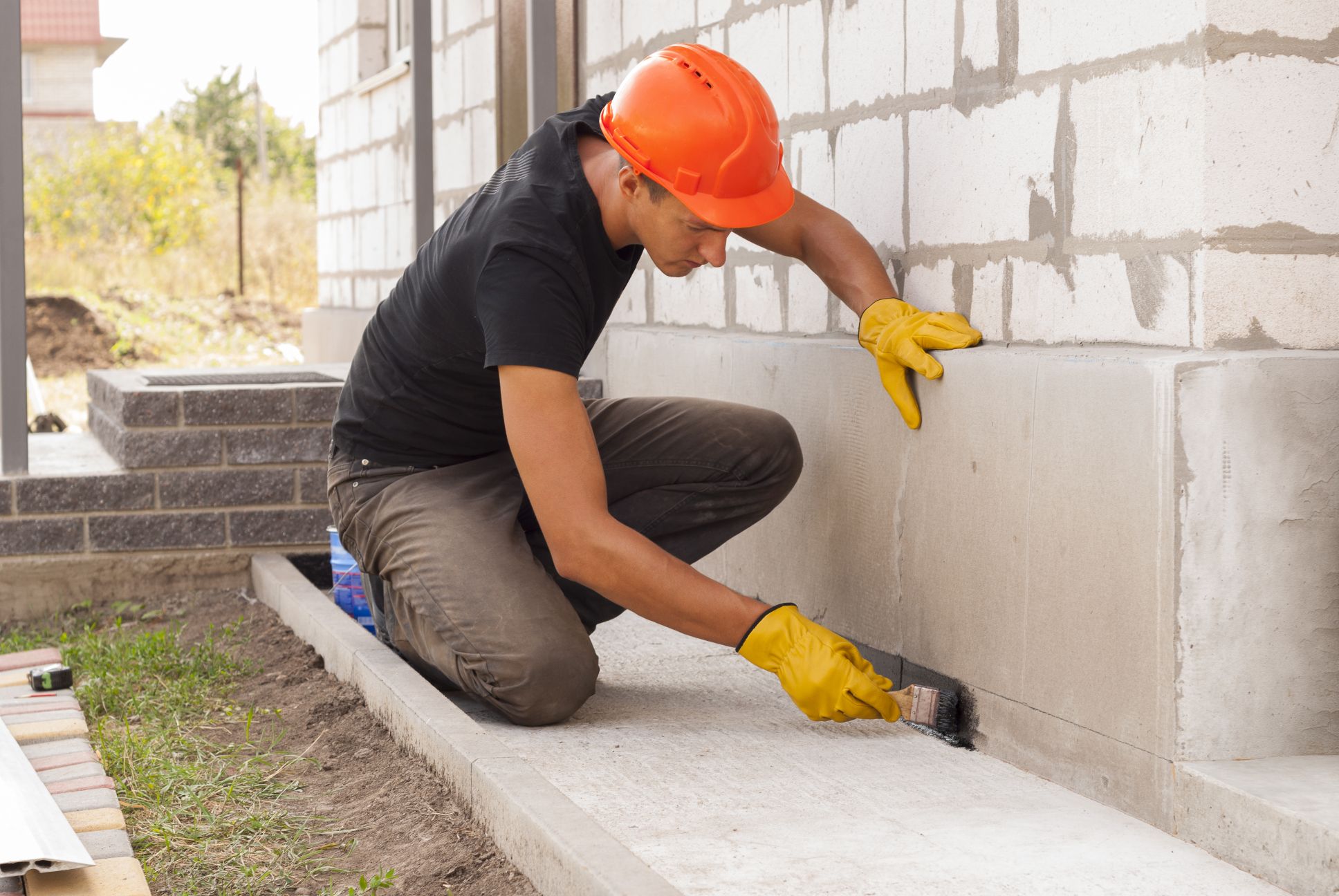
Thorough Rinse: After removing the efflorescence deposits, thoroughly rinse the area with clean water to eliminate any residue from the cleaning process. This step helps restore the original appearance of the building materials and prevents any leftover chemicals from causing further damage.
Methods for Repairing Damage:
Repair Cracks: Fill cracks and spalled areas with appropriate repair materials to restore the structural integrity of the wall. Consult a professional if extensive damage is present to ensure proper repair and reinforcement.
Paint and Protect: Apply a suitable protective coating, such as Berger Paints’ Dampshield Elasto, to prevent future efflorescence and provide long-lasting protection against moisture. Dampshield Elasto is specifically designed to resist efflorescence, making it an ideal solution for efflorescence-prone areas.
Conclusion
Efflorescence on walls is a common problem that can have detrimental effects on the aesthetics and structural integrity of building structures. By understanding the causes, effects, and solutions to efflorescence on painted walls, you can take proactive measures to prevent its occurrence, effectively get rid of the dampness of walls, existing deposits, and protect your buildings. Proper moisture management, use of high-quality materials, and application of efflorescence wall treatment are key to combating efflorescence on walls and ensuring long-term durability and visual appeal.
FAQs
Is efflorescence a structural problem?
Efflorescence itself is not a direct structural problem, but can indicate underlying moisture issues that, if left unaddressed, may lead to potential structural problems over time.
Is efflorescence bad for the foundation?
Efflorescence on the foundation can potentially affect it if not properly addressed. The salts deposited by efflorescence can contribute to the deterioration of foundation materials, compromising their strength and stability over time.
Does waterproofing prevent efflorescence?
Waterproofing plays a crucial role in minimizing efflorescence by reducing water penetration into building materials. While it significantly reduces the chances of efflorescence formation, complete elimination cannot be guaranteed, especially in the presence of other moisture sources or highly susceptible materials.
Does efflorescence weaken concrete?
Efflorescence itself does not directly weaken concrete, but continuous exposure to moisture from efflorescence can contribute to the deterioration and weakening of concrete over time. The salts deposited on the surface can accelerate surface erosion and spalling, compromising the concrete’s long-term durability.

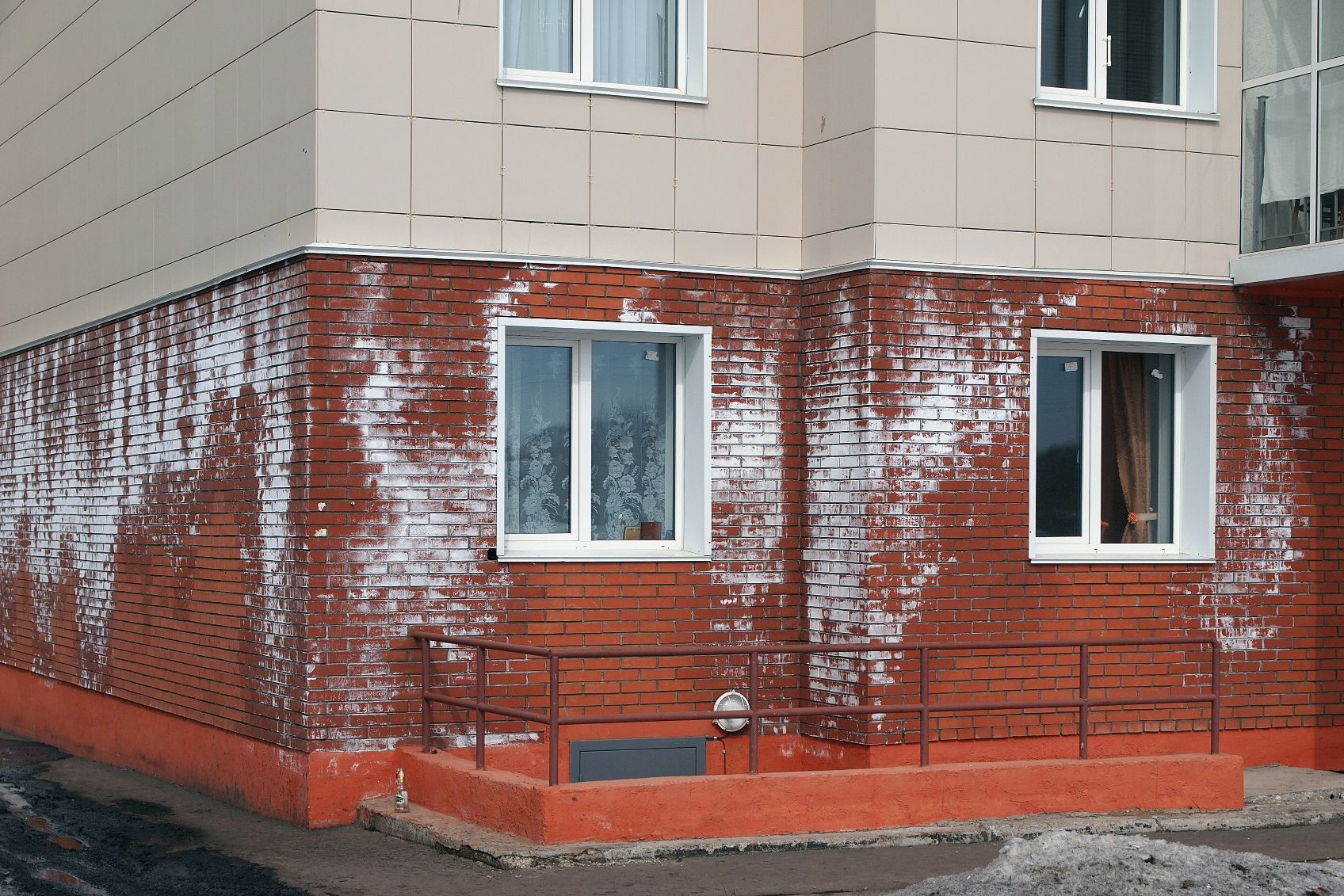
 Get in Touch
Get in Touch